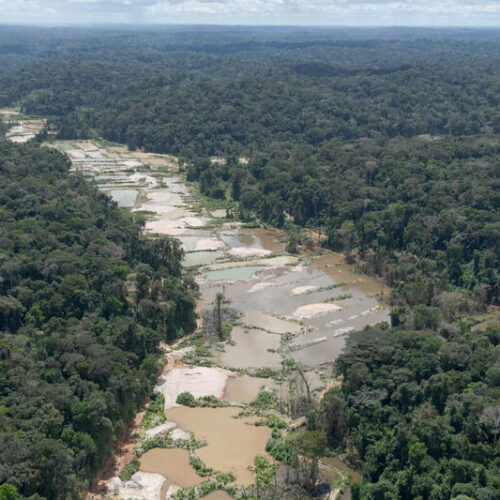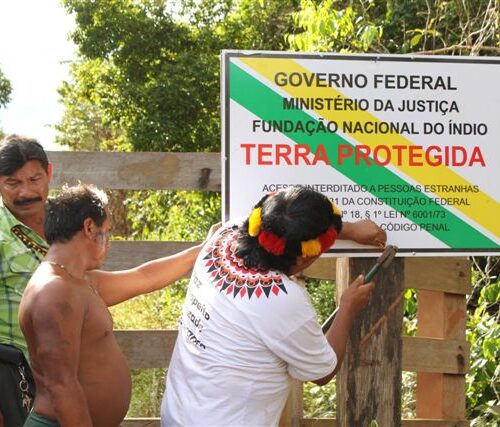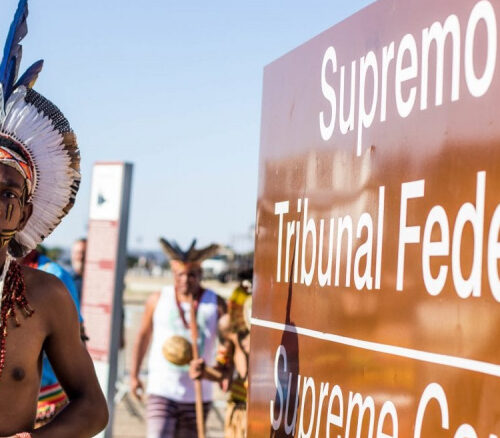4 Nov 22
Norte Energia promises to compensate Belo Monte communities
The company responsible for the Belo Monte hydroelectrical plant, Norte Energia, will indemnify the fishermen of the Xingu river, as demanded by IBAMA’s, Brazil’s environmental agency, opinion issued four months ago. The company had been disagreeing with the environmental agency and had proposed another solution.
According to IBAMA, Norte Energia has not complied with the conditions established for the issue of the plant’s operation license, such as the adoption of mitigation measures for the effects of damming, reservoir formation and water flow control on the lives of fishermen.
The proposal made by Norte Energia still has no values and contemplates less than half of the amount of fishermen of the Xingu. According to estimates by the Federal Public Ministry in Altamira (PA), there are more than four thousand fishermen impacted. The company, by demanding the presentation of an active fisherman’s card for the payment of the reparation, does not even consider all the impacted people, since many have given up the activity due to the lack of fish in the stretches of the river altered by the plant.
Sources:



















